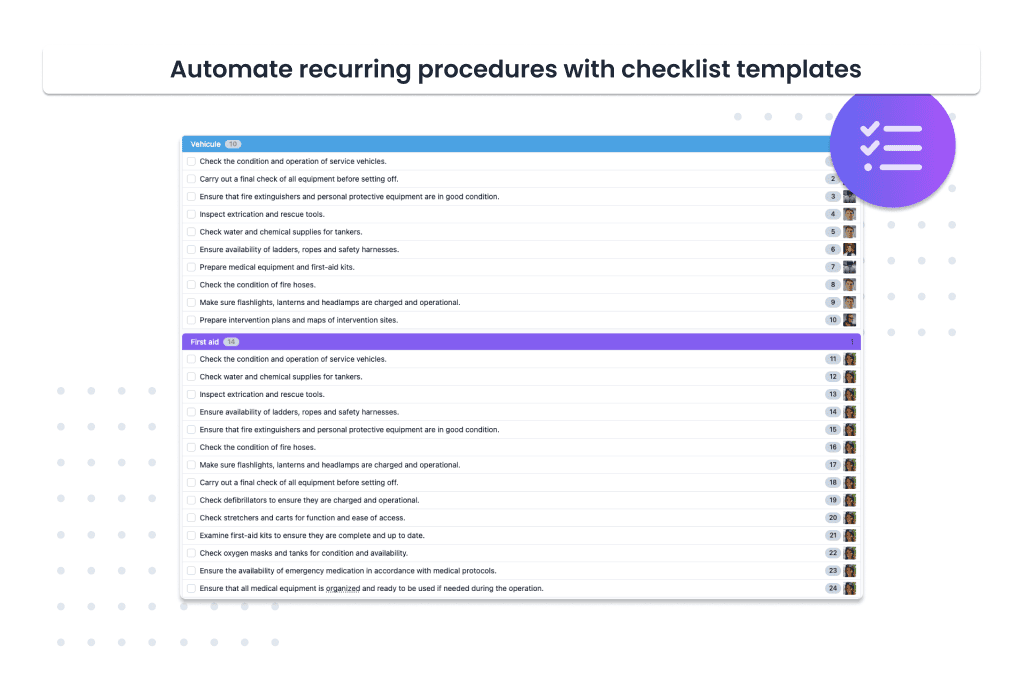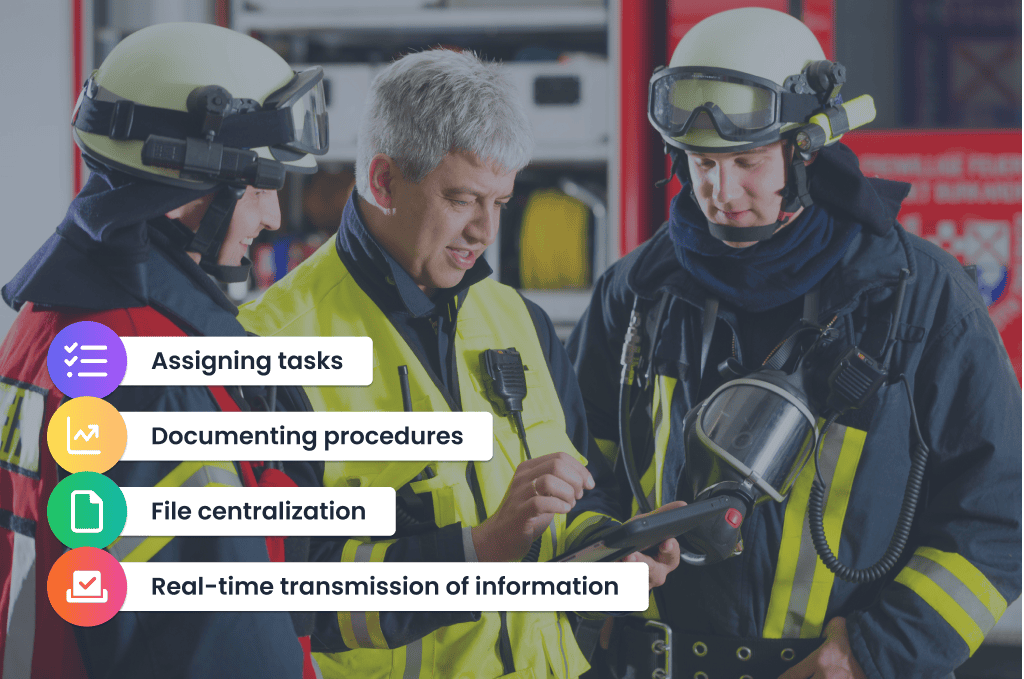Fire departments often face considerable administrative challenges. Among the main obstacles are the complex management of human resources, the coordination of operations, the collection and centralization of data, and the management of budgets and material resources. Maintaining accurate and up-to-date reporting and regulatory controls documentation also represents a significant challenge. All these administrative aspects are essential to ensure emergency services' preparedness, responsiveness, and safety.
Interview with Christian Mauley, Captain of the protection and safety department of Neuchâtel. He talks about how the WEDO platform helps them manage their activities.
What is your role at the protection and safety department of Neuchâtel?
I'm deputy to the commander of the Neuchâtel coastal fire defense region and project manager for the Fire Brigade Office.
Can you describe the Neuchâtel Fire Brigade and its activities briefly?
The protection and safety department's Fire Brigade heads up the Littoral Neuchâtel fire and defense region, which includes 40 professional firefighters and 220 volunteer firefighters. Firefighters are divided into three intervention sectors.
What are the challenges of this multi-site organization?
The challenges associated with the multi-site organization of our fire defense region are manifold, and meticulous management is required to ensure safe and efficient operation. First and foremost, one of the main concerns is the standardization of procedures. With five different sites spread over three intervention sectors, all teams must follow the same protocols and operational standards. This ensures optimum coordination during emergency interventions and avoids confusion arising from divergent practices.
Another major challenge is to manage the differing driving rhythms between professional and volunteer firefighters at our different fire stations. Professionals are always on call, while volunteers have a variety of off-duty commitments. This requires careful planning to ensure that the correct number of staff is always available to respond to emergency calls while respecting individual constraints. Task management and centralized communication are essential for effective coordination between rescue centers. We use WEDO to facilitate the transmission of critical information in real-time while allowing each sector to operate autonomously for tasks specific to its geographical area. Finally, information security is paramount, especially when sharing files between sites. We must protect sensitive data and operational information from unauthorized access. Strict security measures are in place to guarantee the integrity and confidentiality of our data while enabling it to be shared securely between sites.
Before integrating WEDO, what tools did you use for collaboration and administrative management?
We took our minutes on an Excel file for our various meetings and discussions. We had a shared diary on Outlook for the availability of rescue teams, and we exchanged information by e-mail. The fire station's various procedures and team management were documented on numerous Excel files that were not accessible to everyone at all times.
What were the limitations of using these different tools?
Information was scattered in many places, resulting in much redundancy and loss. The dispersed communication between the various layers of the hierarchy and the fire station's stakeholders, therefore, impacted project follow-up and operations' fluidity.
How do you use WEDO today?
We use WEDO to generate all the reports for the various meetings between the protection and safety department offices, such as regional staff reports, operational staff reports, sector reports, and daily intervention section reports. Finally, WEDO enables us to have all reports in one place so that those entitled to them can consult them at any time. Meeting members can also add items to the agenda to prepare for discussion. The platform has also enabled us to improve project management and track current information within the fire station. The platform's collaborative aspect allows us to assign routine tasks to users. In real-time, We can see how tasks are progressing, track maintenance, manage orders, and process expense claims, to name a few. It is also possible to document recurring procedures, such as material preparation or ongoing training, with checklist templates that can be launched at any time.

How did team members react to the introduction of the tool?
Consolidating various tasks and information into a single program facilitated integration of the tool. Sharing themes across all strata and management bodies enables the monitoring and transmission of information. In addition, we have created a small in-house newspaper on WEDO to increase adherence to the platform. All staff can add themes concerning current projects and past interventions in this journal. They can also add information in various formats, such as photos or regional articles.
How does WEDO contribute to the Neuchâtel's protection and safety department digitalization process?
WEDO contributes to digitalization by considerably reducing paper printouts and centralizing project documents. The main benefits are the centralization of information, increased participation, and enhanced staff skills at all levels. The participative aspect of the platform considerably reduces the number of e-mails exchanged.




